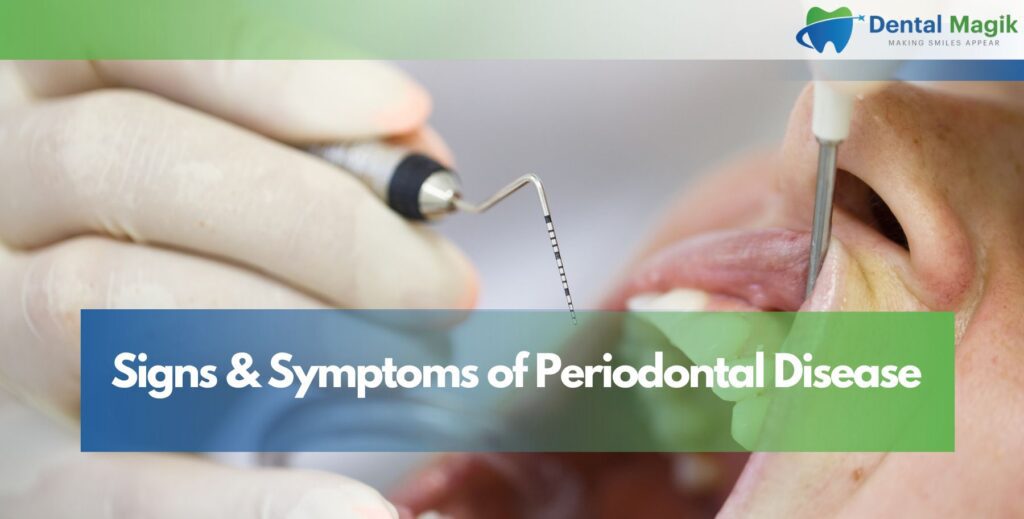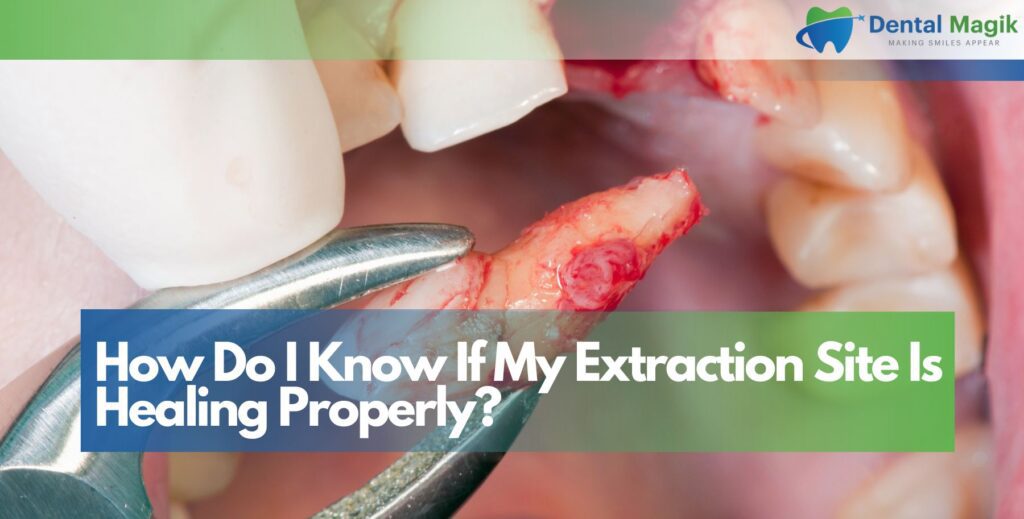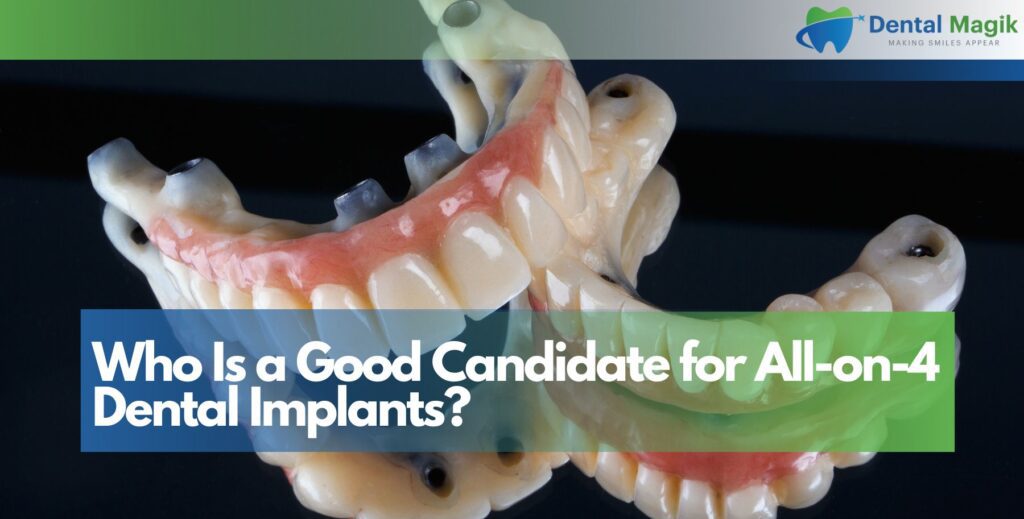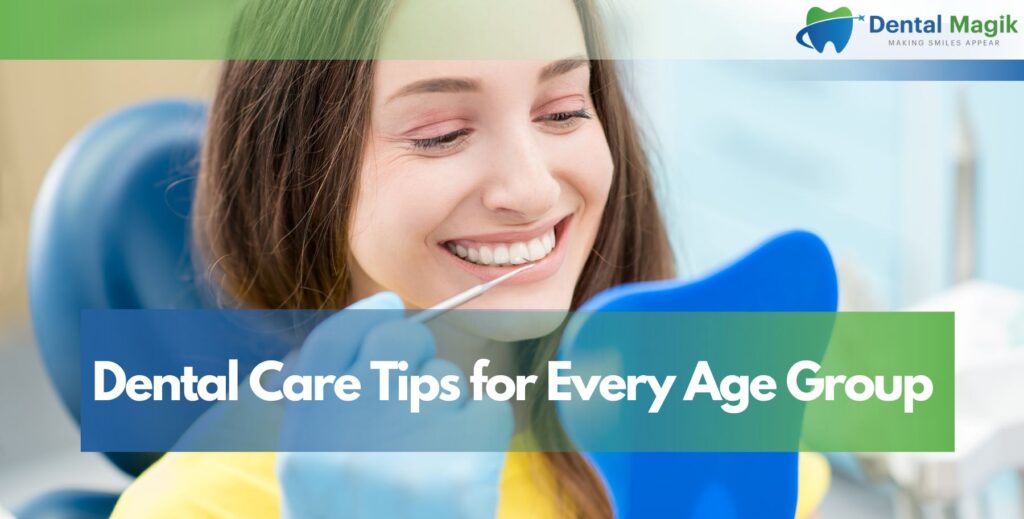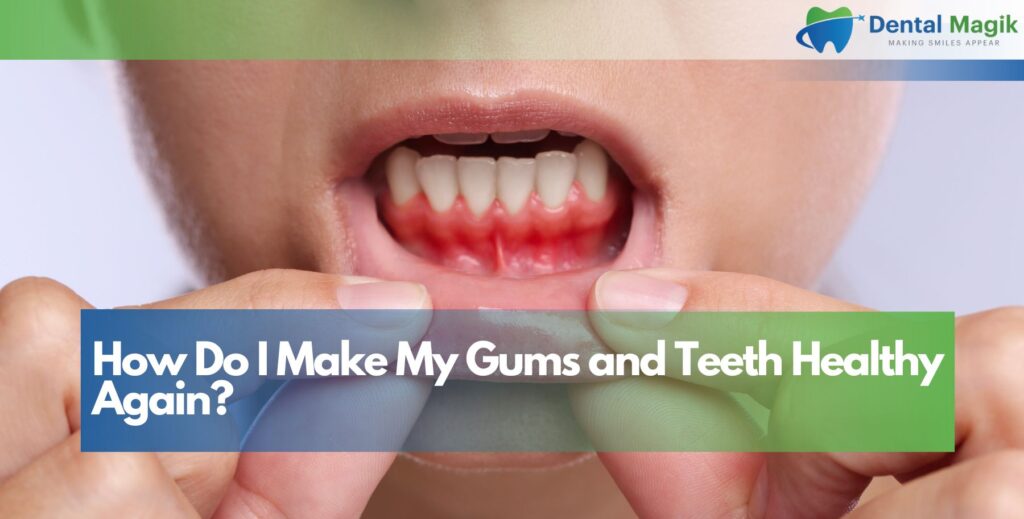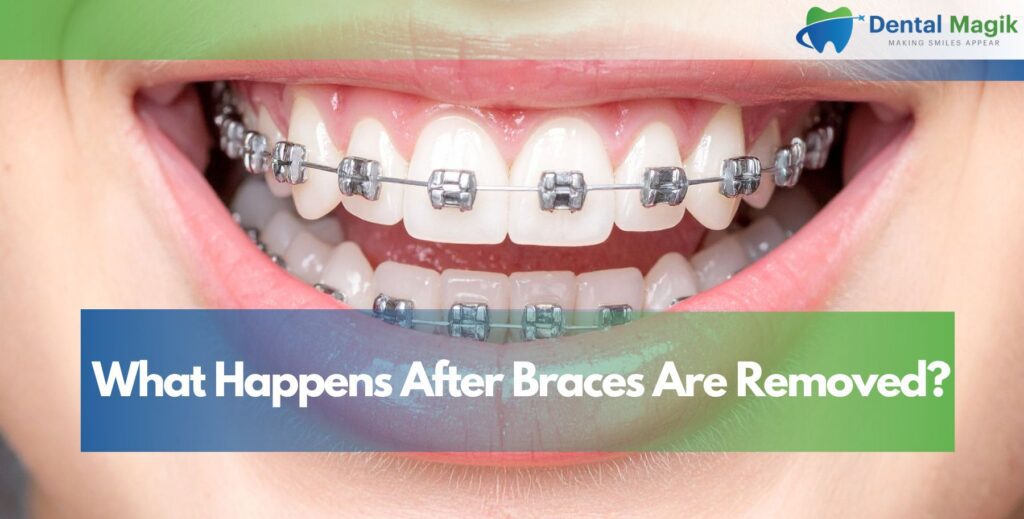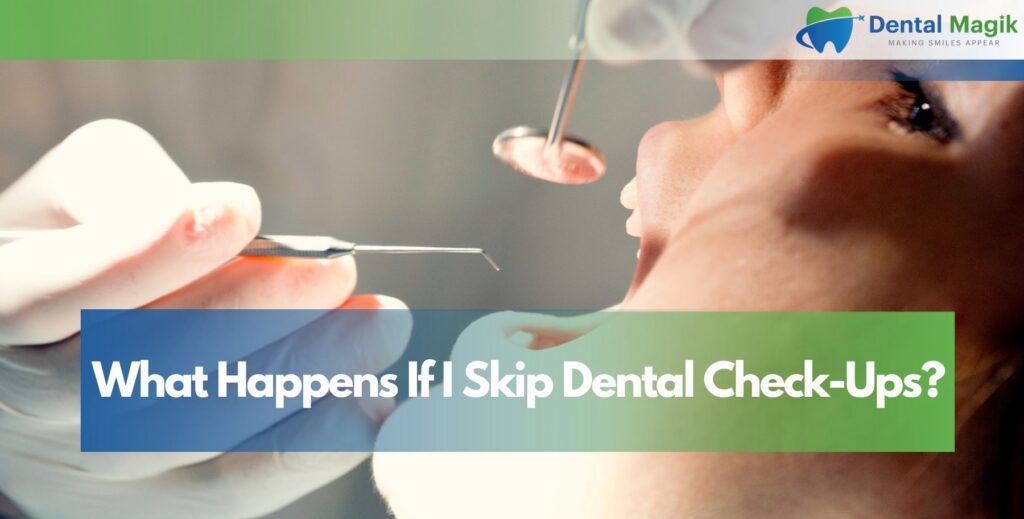Periodontal disease, commonly known as gum disease, is one of the leading causes of tooth loss in adults. It begins silently, often with minor discomfort, and can progress to severe stages if left untreated. Many people overlook the early signs of periodontal disease, mistaking them for temporary irritation, but ignoring these symptoms can cause long-term damage to your oral and overall health.
This article explains the signs and symptoms of periodontal disease, from its earliest stages to advanced conditions, helping you recognize when to seek professional dental care.
Table of Contents
Understanding Periodontal Disease
Periodontal disease is an inflammatory condition affecting the gums, ligaments, and bone that support your teeth. It is caused primarily by the buildup of plaque and tartar, which harbor harmful bacteria.
The Two Main Stages of Periodontal Disease
- Gingivitis – The earliest stage, marked by bleeding gums and mild irritation. Gingivitis is reversible with proper care.
- Periodontitis – The advanced stage, where gums pull away from teeth, forming pockets that trap bacteria. This stage can lead to bone loss and tooth loss if untreated.
Early Signs of Periodontal Disease
Recognizing early signs of gum disease is critical to preventing its progression.
Bleeding Gums
One of the first warning signs is bleeding gums during brushing or flossing. Healthy gums should not bleed easily.
Red or Swollen Gums
Inflammation is a hallmark of gingivitis. Red, swollen gums often feel tender and may indicate infection.
Persistent Bad Breath
Chronic bad breath (halitosis) caused by bacteria in the gums is another common early symptom.
Advanced Symptoms of Periodontal Disease
When gum disease progresses, the symptoms become more noticeable and severe.
Gum Recession
As the infection worsens, gums begin to pull back from teeth, exposing roots and causing sensitivity.
Loose or Shifting Teeth
Loose teeth signal advanced bone and tissue damage. Patients may notice changes in their bite or gaps between teeth.
Formation of Gum Pockets
Deep pockets between the gums and teeth trap bacteria, making oral hygiene difficult and worsening the infection.
Pain and Discomfort Associated with Periodontal Disease
Not all periodontal disease symptoms are painful, but discomfort often develops as the condition advances.
Gum Sensitivity
Patients may feel tenderness or pain when chewing, brushing, or eating hot or cold foods.
Jaw and Facial Pain
In advanced cases, jaw pain and swelling can occur, spreading discomfort beyond the gums.
How Periodontal Disease Affects Overall Health
Periodontal disease doesn’t just damage oral health; it also has connections to systemic conditions.
Heart Disease and Stroke
Bacteria from infected gums can enter the bloodstream, increasing the risk of cardiovascular disease.
Diabetes
Patients with diabetes are more prone to gum disease, and untreated gum infections can make blood sugar harder to control.
Pregnancy Complications
Severe gum disease has been linked to premature birth and low birth weight.
Risk Factors for Periodontal Disease
Some people are more at risk than others.
Poor Oral Hygiene
Not brushing or flossing regularly is the leading cause of gum disease.
Smoking and Tobacco Use
Smokers are at higher risk for periodontal disease and experience slower healing after treatment.
Genetics
Some individuals may be genetically predisposed to gum problems despite good oral hygiene.
Warning Signs You Shouldn’t Ignore
There are certain gum disease warning signs that require immediate dental attention.
Pus Between Teeth and Gums
The presence of pus or discharge is a strong indicator of infection.
Changes in Bite
Difficulty chewing or noticing your teeth no longer fit together properly signals disease progression.
Metallic Taste in the Mouth
Some patients report a constant metallic taste, often due to bleeding gums and bacterial infection.
Diagnosing Periodontal Disease
Dentists use multiple methods to diagnose gum disease accurately for Periodontal disease treatment.
Periodontal Probing
Using a dental probe, dentists measure pocket depths around the teeth. Depths greater than 3mm suggest periodontitis.
X-Rays
X-rays help assess bone loss caused by advanced gum disease.
Preventing Periodontal Disease
The best way to avoid periodontal disease symptoms is prevention.
Daily Oral Hygiene
Brushing twice a day and flossing daily removes plaque before it hardens into tartar.
Professional Cleanings
Regular dental check-ups and cleanings are vital for removing tartar and detecting early signs of gum disease.
Healthy Lifestyle Choices
Avoiding tobacco, eating a balanced diet, and managing stress lower the risk of developing gum disease.
Treatment Options for Periodontal Disease
Treatment depends on the severity of the condition.
Non-Surgical Treatments
Scaling and root planing (deep cleaning) remove tartar below the gumline and smooth root surfaces.
Surgical Treatments
Advanced cases may require flap surgery, gum grafts, or bone regeneration techniques to restore stability.
Conclusion
Recognizing the signs and symptoms of periodontal disease early can save your teeth, protect your gums, and improve your overall health. From bleeding gums and bad breath to gum recession and loose teeth, each symptom should be taken seriously.
If you notice these symptoms, don’t wait—schedule an appointment with a trusted dentist in East Brunswick, NJ for a thorough evaluation and personalized treatment plan.
FAQs
What are three early signs of periodontal disease?
Bleeding gums, red or swollen gums, and persistent bad breath are three of the most common early warning signs.
How to improve periodontal disease?
Daily brushing, flossing, professional cleanings, and in some cases deep cleaning or surgery can help control gum disease.
How often should you brush your teeth if you have periodontal disease?
At least twice daily, with additional cleaning after meals if possible.
Can you live a long healthy life with periodontal disease?
Yes, with proper treatment and maintenance, but ignoring the condition can lead to tooth loss and systemic health problems.
Can my teeth be saved if I have periodontal disease?
If treated early, teeth can usually be saved. Advanced cases may require surgical support to preserve teeth.
What’s the best mouthwash for gums?
Antibacterial mouthwashes containing chlorhexidine or essential oils are commonly recommended for gum disease.
What toothpaste is best for gum disease?
Toothpaste containing fluoride, stannous fluoride, or triclosan can help reduce bacteria and improve gum health.
Is Listerine good for periodontal disease?
Yes, Listerine with antibacterial properties can help control bacteria, but it should be part of a complete oral hygiene routine.
What is the best toothbrush for gum disease?
A soft-bristled toothbrush or an electric toothbrush with pressure sensors is ideal for sensitive gums and periodontal disease.

